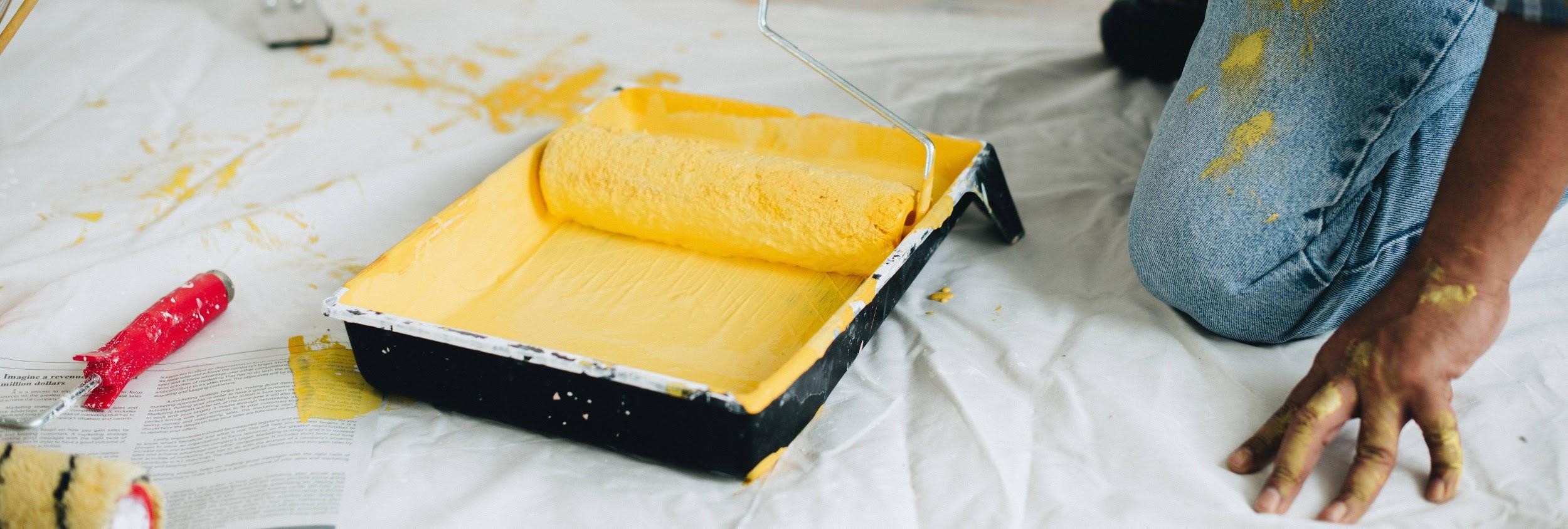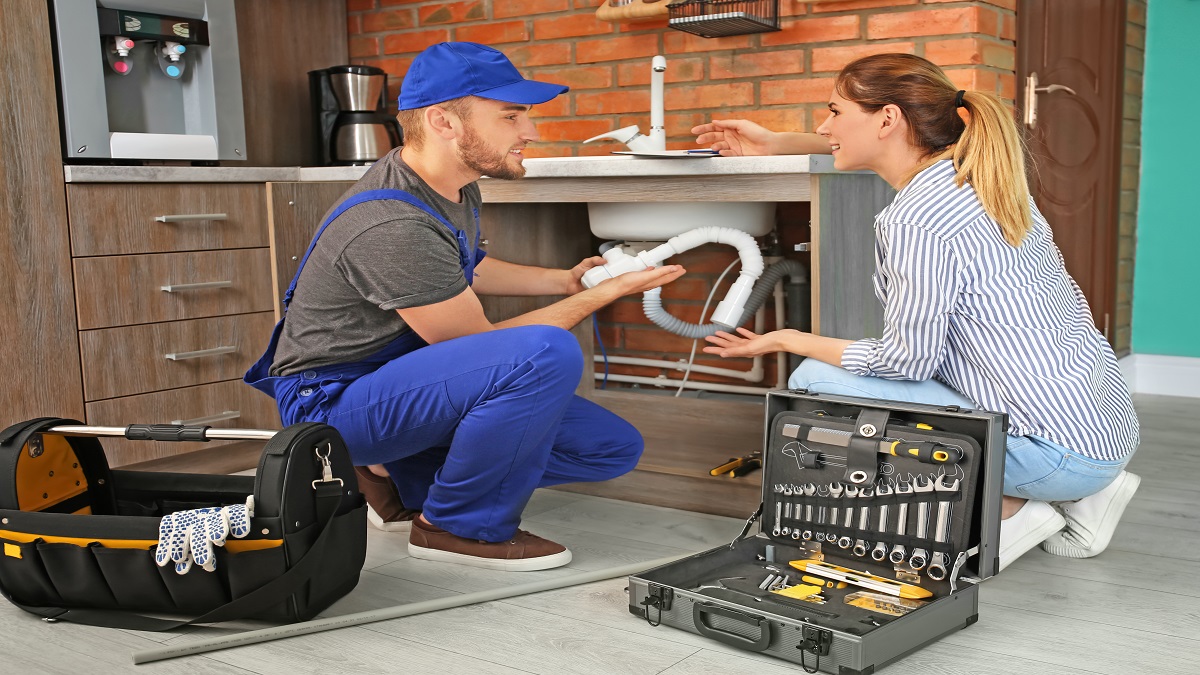In Jacksonville, Florida, where the sun shines bright and the ocean breeze brings a sense of calm, many homeowners embark on home improvement projects to enhance their living spaces. Whether it’s a coastal-style kitchen upgrade, a patio expansion for those warm Florida nights, or a full-scale renovation, the journey of transforming a home can be as exciting as it is daunting. To navigate the complexities of home improvement successfully, it’s essential to understand the dos and don’ts – the key guidelines that ensure a project’s success while avoiding common pitfalls.
Table of Contents
1. Do: Plan Your Project Thoroughly
The cornerstone of any successful home improvement project is thorough planning. Begin by clearly defining the scope of your project. What are your goals, and what do you want to achieve? Next, develop a detailed budget that accounts for all possible expenses, including materials, labor, and any unexpected costs. Create a realistic timeline that considers potential delays. Proper planning helps in managing expectations and provides a clear roadmap, ensuring that the project stays on track and within budget.
2. Don’t: Underestimate the Complexity of Bathroom Remodels
A frequent oversight by many homeowners, particularly those in Jacksonville, is not fully grasping the intricacies of a bathroom renovation. If you live in Jacksonville, looking up the keyword Jacksonville bathroom remodel can provide insights into the complexity of such projects, which typically encompass detailed plumbing, electrical work, and tiling. These aspects usually necessitate the involvement of skilled professionals. Fully understanding the extent of a bathroom remodel and knowing when to seek expert assistance is crucial. Inadequately handled bathroom renovations can result in expensive fixes and a reduction in your home’s value, underscoring the importance of careful planning and a cautious approach.
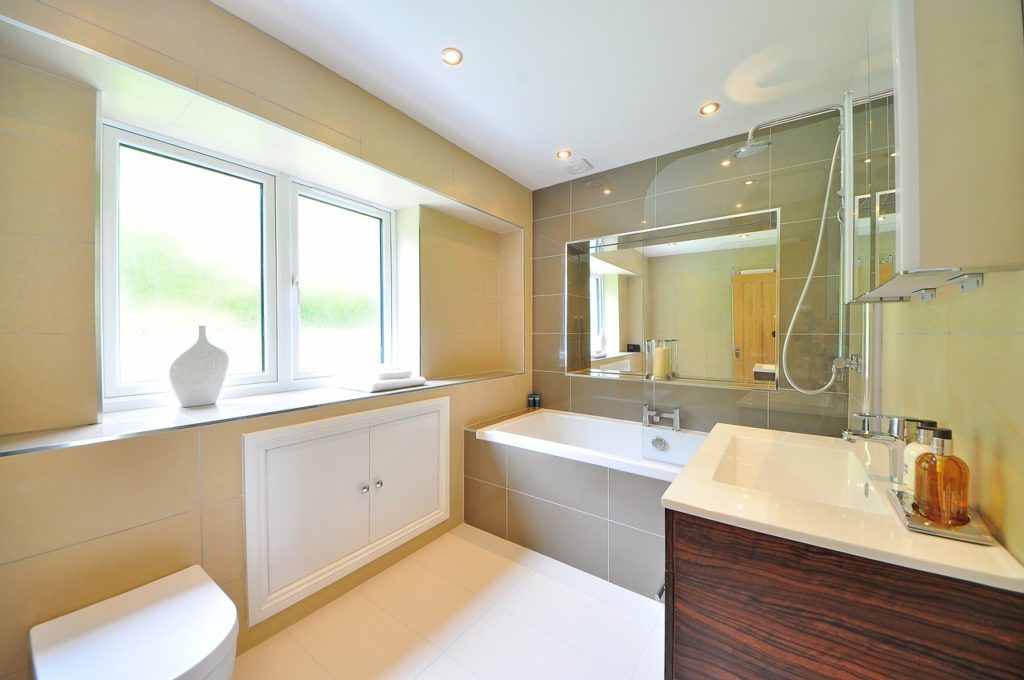
3. Do: Prioritize Safety Measures
Home improvement projects, whether DIY or professionally managed, come with their risks. Prioritizing safety is non-negotiable. This means wearing appropriate protective gear like gloves, goggles, and masks, especially when dealing with hazardous materials or tools. Ensure your workspace is well-ventilated, particularly when painting or using any chemicals. Keep your work area clean and organized to prevent accidents, and always follow the manufacturer’s instructions when using tools and equipment. Remember, cutting corners on safety can lead to serious injuries or long-term health issues.
4. Don’t: Ignore Local Building Codes and Regulations
One of the critical aspects of home improvement is adherence to local building codes and regulations. These rules are in place to ensure safety and compliance with regional standards. Before starting any project, check with your local building authority in Jacksonville to understand what permits are required. Ignoring these regulations can lead to fines, legal issues, and problems when selling your home. Additionally, work that does not comply with local codes may pose safety risks. It’s always better to be informed and compliant than to face the consequences of oversight.
5. Do: Focus on Quality Materials
Investing in quality materials is essential for the durability and aesthetics of your home improvement project. High-quality materials may come at a higher upfront cost, but their longevity and performance offer value for money in the long run. Whether it’s choosing a robust paint finish, durable flooring options, or weather-resistant materials for outdoor projects, quality should be a priority. Research your options, seek professional advice, and consider how these materials will stand up to the Jacksonville climate and your lifestyle needs.
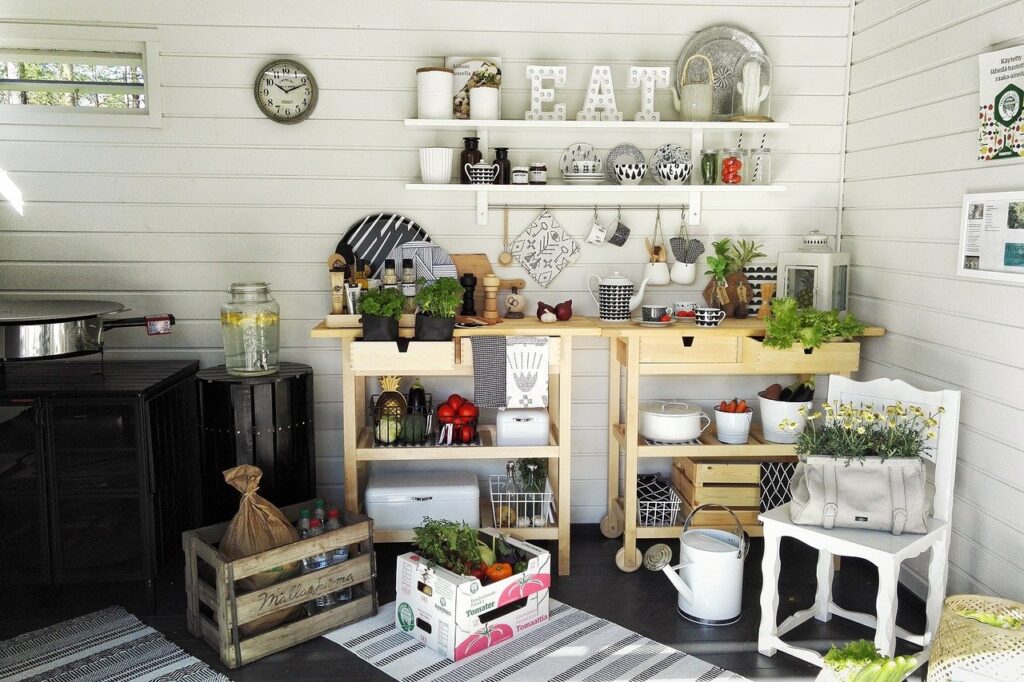
6. Don’t: Overlook the Importance of Proper Ventilation
While focusing on aesthetics and functionality, it’s crucial not to overlook the importance of proper ventilation, especially in key areas like kitchens and bathrooms. Poor ventilation can lead to moisture buildup, mold growth, and poor air quality, which are detrimental to both the home and the health of its occupants. Ensure that your renovation plans include adequate ventilation solutions, such as exhaust fans in bathrooms and range hoods in kitchens. This not only helps in maintaining a healthy living environment but also preserves the integrity of your home improvements in the long run.
7. Do: Consider Energy Efficiency
Incorporating energy-efficient features into your home improvement projects is not only good for the environment but can also lead to significant cost savings. Consider installing energy-efficient windows, insulation, and LED lighting. For larger projects, explore options like solar panels or energy-efficient heating and cooling systems. These upgrades can reduce your utility bills and may qualify for tax incentives or rebates. Additionally, energy-efficient improvements are increasingly attractive to homebuyers, should you decide to sell your home in the future.
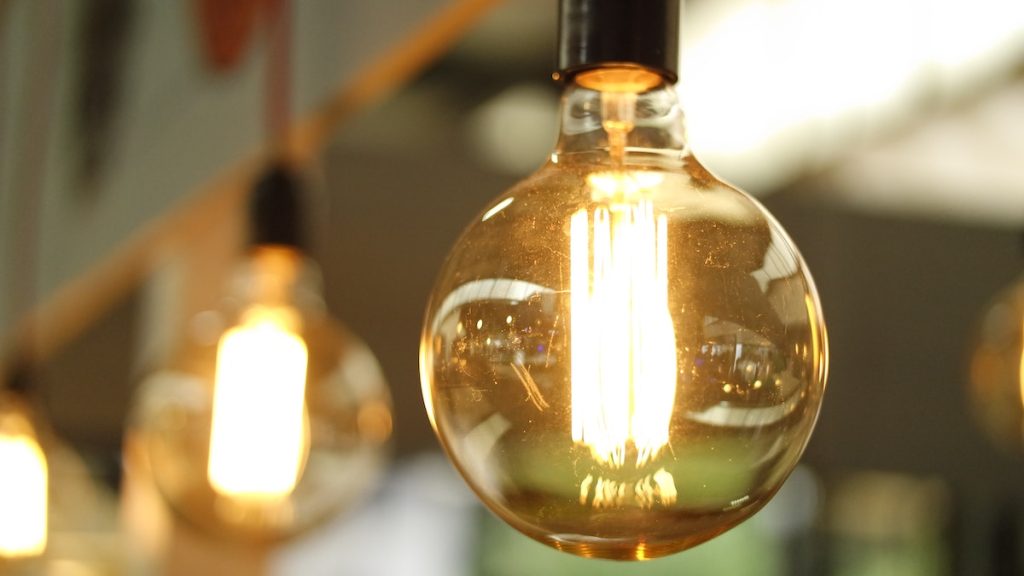
8. Don’t: Attempt DIY Beyond Your Skill Level
DIY home improvement projects can be fulfilling and cost-effective, but it’s important to be realistic about your skill level. Taking on projects that are beyond your expertise can lead to subpar results and may even be dangerous. For complex tasks, such as electrical work, plumbing, or structural changes, it’s wise to hire professional contractors. This ensures that the work is done safely and meets all necessary standards and regulations. Remember, hiring a professional can sometimes be more cost-effective than correcting DIY mistakes.
9. Do: Pay Attention to Detail
Attention to detail can make a significant difference in the overall quality and finish of your home improvement project. Take the time to carefully select materials, finishes, and fixtures that complement each other and align with the overall design theme. Small details, such as matching hardware on cabinets or neatly applied caulk, can elevate the look of a project. Double-check measurements, alignments, and finishes throughout the process to ensure a polished and professional result.
10. Don’t: Neglect the Exterior
While interior upgrades are often the focus of home improvement projects, don’t neglect the exterior of your home. Simple improvements like a fresh coat of paint, updated landscaping, or a new front door can significantly enhance curb appeal. Regular maintenance of the exterior, including gutter cleaning, roof inspections, and power washing, also plays a crucial role in preserving the home’s appearance and functionality. Remember, the exterior is the first impression your home makes, so keeping it well-maintained and attractive is just as important as the interior.
Conclusion
Home improvement projects, when done correctly, can transform your living space and add value to your home. By following these essential dos and don’ts, homeowners can navigate the complexities of renovation with greater ease and confidence. Remember to plan thoroughly, focus on quality, prioritize safety and efficiency, and know when to seek professional help. With careful consideration and attention to detail, you can achieve successful home improvements that enhance both the beauty and functionality of your home.

Alex is fascinated with “understanding” people. It’s actually what drives everything he does. He believes in a thoughtful exploration of how you shape your thoughts, experience of the world.
